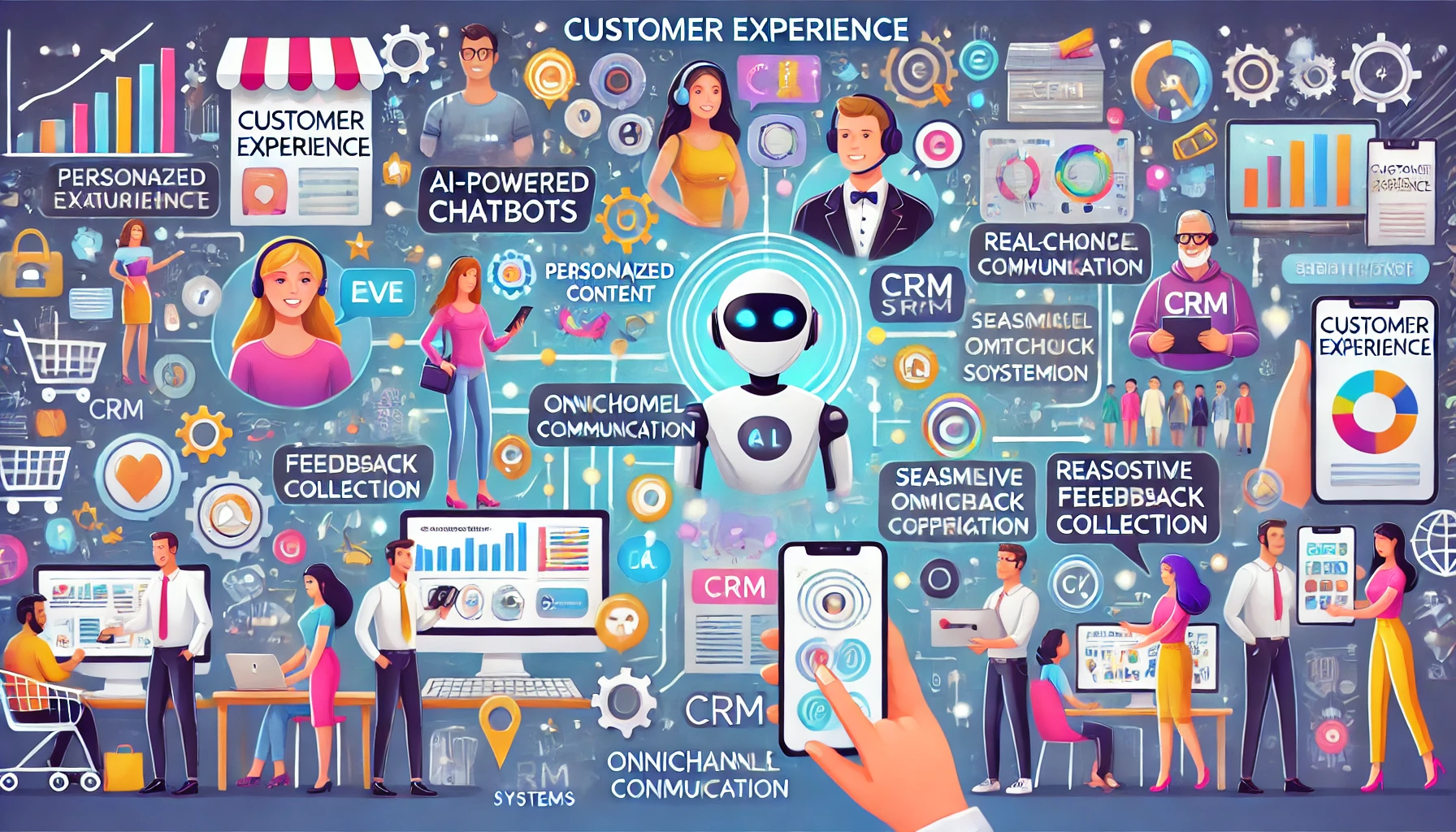In the modern era of digital advancements, the quality of customer experience (CX) stands as a pivotal element that distinguishes one business from another. As consumers are presented with an abundance of choices and their expectations soar, it is imperative that companies provide a customer experience that is not only smooth and individualized but also gratifying, to nurture loyalty and stimulate expansion. This discussion delves into the methods by which companies can elevate customer contentment and allegiance in our digital epoch, underscoring pivotal strategies and innovations.
1. Grasping Customer Experience in Today’s Digital Realm
Customer experience is the sum of all interactions between a customer and a company, which can range from navigating a website to interacting with customer support. In today’s digital environment, these exchanges frequently occur through a variety of platforms, such as websites, mobile applications, social media platforms, and beyond. It is essential to provide a cohesive and positive experience at each point of contact.
Vital Elements of Digital Customer Experience:
- Simplicity in Navigation: Interfaces that are straightforward and easy to use.
- Customization: Content and suggestions specifically catered to the user.
- Prompt Support: Swift and reliable customer assistance.
- Uniformity: Consistent user experience across diverse platforms.
- Dynamic Interaction: Content that involves and captivates the user.
2. Technology’s Influence on Customer Experience Enhancement
Technological progress has armed companies with potent tools for augmenting customer experience. Below are some technologies that are reshaping the landscape of CX:
1. AI and Machine Learning
- Chatbots and Virtual Assistants: These AI-driven systems provide immediate answers to customer queries around-the-clock. They manage routine questions, allowing human representatives to tackle intricate issues.
- Predictive Analytics: Algorithms that learn from customer data to foresee behaviors and inclinations, enabling companies to suggest personalized options and provide anticipatory support.
2. CRM Platforms
- Consolidated Data: CRMs amalgamate data from multiple sources, offering a holistic customer viewpoint, which paves the way for individualized interactions and improved service.
- Task Automation: CRMs streamline mundane tasks like sending follow-up communications and managing appointments, increasing productivity and guaranteeing punctual exchanges.
3. Integrated Multichannel Solutions
- Coherent Integration: These solutions guarantee a uniform customer experience, whether online or offline, allowing seamless transitions between mediums without loss of context.
- Centralized Communications: Such systems combine different communication mediums, such as email, social media, and live chat, into one interface, simplifying customer interactions.
4. Feedback and Emotion Analysis
- Instantaneous Feedback: Digital tools afford the ability to collect customer impressions immediately through surveys, critiques, and monitoring social media.
- Emotion Analysis: Techniques in natural language processing discern sentiments within customer feedback, identifying potential enhancements.
3. Tactics for Augmenting Customer Satisfaction and Devotion
For optimal use of technology in improving customer experience, companies must embrace a customer-first philosophy. Consider these tactics:
1. Customization
- Personalized Content: Leverage customer data to present content and offers that resonate personally, boosting engagement and conversions.
- Individualized Communication: Engage with customers using their names and customizing communication based on their history and preferences.
2. Proactive Support
- Predictive Service: Employ analytics to foresee and address customer needs preemptively, circumventing issues and boosting satisfaction.
- Outreach: Voluntarily contact customers with useful information or assistance, showing commitment to their experience.
3. Empowering the Customer
- Self-Help Tools: Offer resources such as detailed FAQs, informational databases, and user forums that enable customers to find solutions independently.
- Intuitive Interfaces: Construct straightforward and user-friendly interfaces for web and mobile platforms, enhancing usability.
4. Boosting Engagement
- Engaging Material: Deploy interactive content like quizzes and videos to keep customers involved and entertained.
- Reward Programs: Develop loyalty schemes that reward returning customers with special deals, rebates, and early access to new offerings.
5. Gathering and Implementing Feedback
- Consistent Surveys: Execute regular surveys to collect feedback and pinpoint areas of improvement.
- Feedback-Driven Decisions: Utilize insights from feedback to make informed choices and continually refine the customer experience.
6. Upholding Security and Confidentiality
- Data Safeguarding: Protect customer information with stringent security protocols. Being transparent about data practices fosters trust.
- Regulatory Adherence: Comply with privacy laws like the GDPR and CCPA to safeguard customer data and ensure regulatory compliance.
4. Evaluating Customer Experience
To persistently improve customer experience, businesses must track its effectiveness through various indicators:
- Net Promoter Score (NPS): Assesses customer loyalty by inquiring about their likelihood to recommend the company.
- Customer Satisfaction (CSAT): Measures how content customers are with specific services or the overall experience.
- Customer Effort Score (CES): Determines the ease with which customers can achieve a goal or resolve a problem.
- Churn Rate: Keeps tabs on the frequency at which customers discontinue patronage, highlighting retention opportunities.
Conclusion
In the era of digitization, the customer experience is an essential factor in cultivating satisfaction and loyalty. By harnessing cutting-edge technologies like AI, CRM solutions, and integrated channels, companies are poised to deliver experiences that are tailored, proactive, and cohesive.Focusing on the needs and preferences of clients, while regularly assessing and enhancing their interaction with your brand, distinguishes your enterprise in a crowded marketplace and cultivates enduring allegiance among your clientele. In an era where digital advancements are unceasing, entities that place customer satisfaction at the forefront and seek creative enhancements in this realm are likely to prosper amidst fierce market rivalry.
